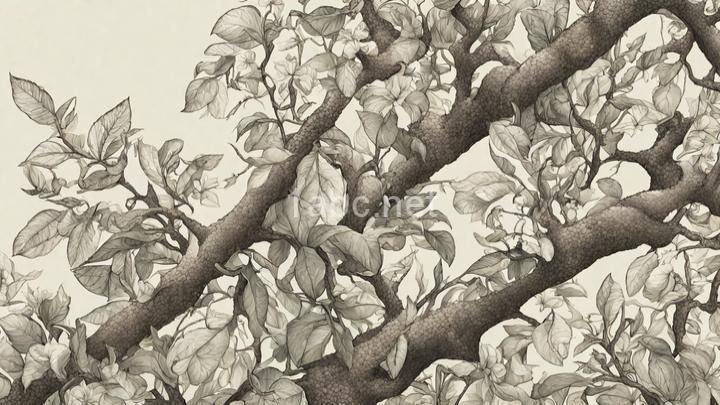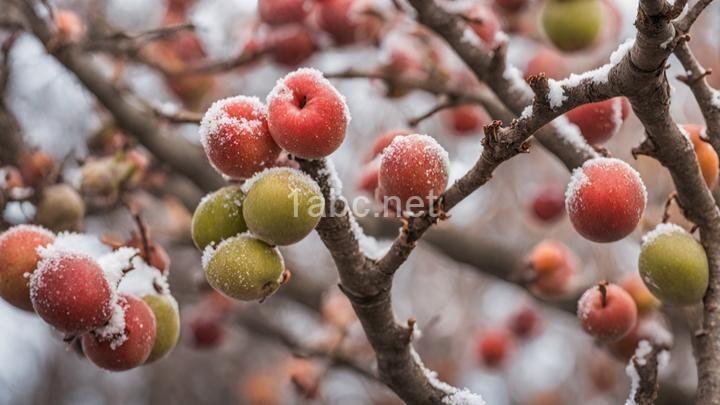Mastering Garden Pruning: Essential Tools and Techniques

Introduction:
Welcome readers to a friendly guide on mastering garden pruning. Whether you're a seasoned gardener or just starting out, pruning is an essential skill to learn to maintain healthy and beautiful plants. In this guide, we will provide you with the essential tools and techniques to help you become a confident pruner.
I. Understanding the Basics of Garden Pruning:
Pruning is the act of selectively removing certain parts of a plant to promote its growth, improve its shape, and prevent diseases. It is necessary for various types of plants, including trees, shrubs, and flowers. Proper pruning not only enhances the aesthetic appeal of your garden but also ensures the overall health and vitality of your plants.
When done correctly, pruning can stimulate new growth, increase flower and fruit production, and maintain the desired size and shape of your plants. Additionally, it helps in removing dead or diseased branches, improving air circulation, and reducing the risk of pests and diseases.
II. Essential Tools for Successful Pruning:
To achieve successful pruning results, it is important to have the right tools at your disposal. Here are some must-have tools for effective garden pruning:
- Hand pruners: These versatile tools are perfect for cutting small branches and stems. Look for high-quality brands that offer sharp blades and comfortable handles for ease of use.
- Loppers: When dealing with thicker branches, loppers come in handy. They have long handles and a bypass or anvil cutting mechanism, allowing you to trim branches up to 2 inches in diameter.
- Pruning saws: For larger branches or tree limbs, pruning saws are essential. Look for a saw with a curved blade and sharp teeth, designed for smooth and efficient cuts.
- Hedge shears: If you have hedges or shrubs in your garden, hedge shears are a must. They provide a clean and precise cut, helping you shape your plants and maintain their desired form.
- Sharpening tools: Keeping your pruning tools sharp is crucial for clean and precise cuts. Invest in a sharpening stone or file to maintain the sharpness of your blades.
III. Techniques for Proper Garden Pruning:
Before diving into pruning techniques, it's important to prioritize safety. Always wear protective gear, such as gloves and safety glasses, and assess potential risks before starting. Here are some common pruning techniques:
- Thinning cuts: This technique involves removing entire branches at their point of origin without leaving stubs. It helps in improving air circulation, reducing the weight of the plant, and preventing diseases.
- Heading cuts: Heading cuts involve trimming back branches without removing them entirely. By cutting just above a bud or side shoot, you encourage new growth and shape the plant to your desired form.
- Pinching or tipping: Pinching or tipping is a method used to promote bushier growth in certain plants. By pinching off the terminal buds or tips, you encourage lateral branching, resulting in a fuller and more compact plant.
IV. Seasonal Considerations:
Understanding the best time of year to prune different types of plants is crucial for their health and growth. Here are some seasonal considerations:
- Spring pruning: Spring is an ideal time to prune flowering shrubs, as they have not yet started producing new buds. Pruning in early spring helps enhance their shape and promote abundant blooms.
- Summer pruning: Summer pruning is recommended for shaping and controlling the size of your plants. It's best to avoid pruning during hot and dry periods to minimize stress on the plants.
- Fall pruning: While fall pruning is generally not recommended for most plants, it can be done for certain species, such as fruit trees. However, avoid pruning fall-blooming plants, as it can remove flower buds and reduce next year's blooms.
When pruning, always keep an eye out for signs of disease or damage. Wilted or discolored leaves, cankers, or dead branches may indicate the need for immediate pruning attention.
V. Troubleshooting Common Pruning Challenges:
Pruning is not without its challenges, and even experienced gardeners can make mistakes. Here are some common challenges you may encounter and tips to overcome them:
- Over-pruning: It's easy to get carried away while pruning, but over-pruning can stress the plant and hinder its growth. Remember to prune selectively and avoid removing more than one-third of the plant's foliage at a time.
- Improper cuts: Clean and precise cuts are essential for the health of your plants. Avoid making rough or jagged cuts that can invite pests and diseases. Instead, use sharp tools and make smooth cuts just above a bud or branch collar.
- Plant stress: Pruning can temporarily stress plants, especially if done at the wrong time or in unfavorable conditions. To minimize stress, prune during the appropriate season and provide adequate water and nutrients to support the plant's recovery.
Remember, mastering garden pruning takes time and practice. Learn from your mistakes and continue to improve your pruning skills. With the right tools, techniques, and a friendly approach, you'll soon become a confident pruner.
Conclusion:
In this comprehensive guide, we have explored the essential tools and techniques for mastering garden pruning. By understanding the basics of pruning, investing in high-quality tools, and following proper techniques, you can maintain healthy and beautiful plants in your garden.
Put your newfound knowledge into practice and gain confidence in your pruning abilities. Remember to prioritize safety, be mindful of seasonal considerations, and troubleshoot common challenges along the way. With patience and perseverance, you'll soon become a master pruner, enhancing the beauty of your garden for years to come.
FREQUENTLY ASKED QUESTIONS
What is Mastering Garden Pruning: Essential Tools and Techniques?
Mastering Garden Pruning: Essential Tools and Techniques is a comprehensive guidebook that provides valuable information and guidance on the art of pruning in gardening. It covers various aspects of pruning, including the essential tools required for effective pruning, different techniques for pruning different types of plants, and tips for maintaining the health and appearance of your garden through proper pruning practices. This book is a great resource for both beginner and experienced gardeners looking to enhance their pruning skills and achieve optimal results in their gardens.
Why is garden pruning important?
Garden pruning is important for several reasons:
- Promotes plant health: Pruning removes dead or diseased branches, allowing the plant to allocate resources to healthier parts. It also improves air circulation and sunlight penetration, reducing the risk of fungal infections.
- Controls plant size: Pruning helps manage the growth of plants, preventing them from becoming overgrown or unruly. This is especially important for trees and shrubs that may obstruct pathways or crowd other plants.
- Enhances flower and fruit production: Proper pruning techniques can stimulate the growth of new shoots, resulting in increased flower and fruit production. It can also improve the overall quality of the flowers and fruits by removing weaker or damaged branches.
- Shapes and enhances aesthetics: Pruning allows you to shape your plants according to your desired aesthetic preferences. It can create a more pleasing form, encourage symmetry, and maintain the overall attractiveness of your garden.
- Prevents safety hazards: Pruning removes branches that may pose a risk to people, structures, or other plants. This is particularly important for trees near buildings, power lines, or outdoor living areas.
By regularly pruning your garden plants, you can ensure their health, promote optimal growth, and create a beautiful outdoor space.
Who is this content for?
This content can be for anyone seeking assistance or information on various topics.
What are the essential tools needed for garden pruning?
When it comes to garden pruning, there are a few essential tools that you should have. These tools will make the pruning process easier and more efficient. Here are some of the must-have tools for garden pruning:
- Pruning Shears: Also known as secateurs or hand pruners, these are used for cutting small branches and stems. They come in different sizes, so choose one that is appropriate for the size of the branches you'll be pruning.
- Loppers: Loppers are designed for cutting larger branches that are too thick for pruning shears. They have long handles and sharp blades that can provide more leverage and power.
- Pruning Saw: A pruning saw is useful for cutting larger branches that cannot be easily handled by loppers. It has a curved blade with sharp teeth that can cut through thicker branches more effectively.
- Hedge Shears: If you have hedges or shrubs in your garden, hedge shears can be handy. These are designed specifically for trimming and shaping hedges and shrubs, providing a neater and more precise cut.
- Hand Saw: While not specifically designed for gardening, a hand saw can be useful for cutting larger branches and even small trees. It is particularly helpful for more heavy-duty pruning tasks.
- Gloves: Don't forget to protect your hands while pruning. A pair of sturdy gardening gloves will prevent cuts, blisters, and protect your skin from thorns or prickly plants.
- Safety Gear: Depending on the size and location of the pruning tasks, additional safety gear may be necessary. This can include safety glasses, ear protection, and a hard hat.
Having these essential pruning tools in your arsenal will equip you for various pruning tasks and help maintain the health and appearance of your garden.

